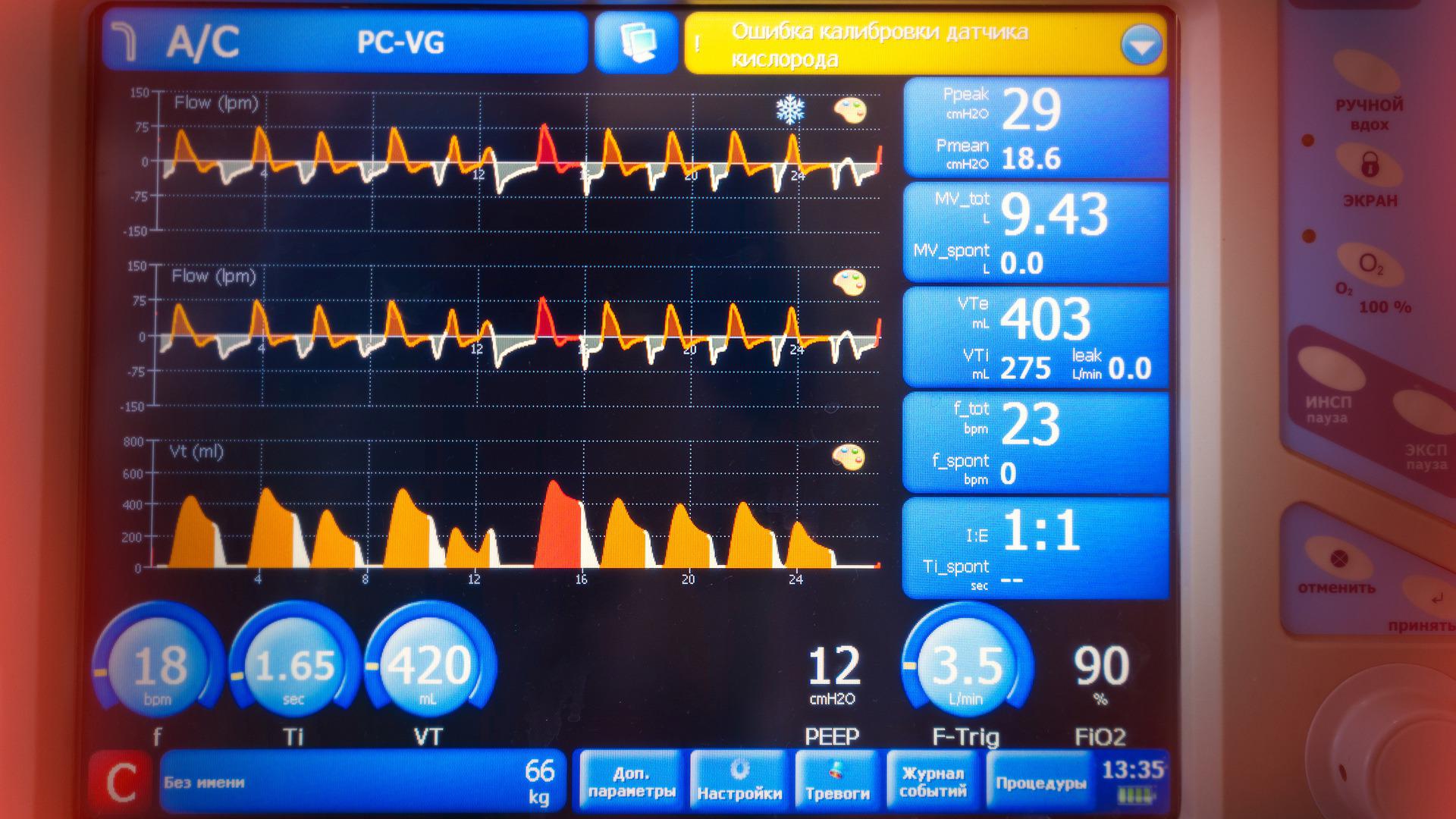
Enteral nutrition delivery optimization in ICU
Although mortality because of critical illness has fallen over decades, the number of sufferers with long-term functional disabilities has increased. That leads to impaired quality of life and significant healthcare costs. As a crucial part of the multimodal interventions available to enhance the outcome of critical illness, the most effective nutrients remedies have to be supplied during critical illness, after ICU discharge, and following hospital discharge. For optimization of enteral nutrition delivery, a peptide-based diet can be given in ICU.
Based on the latest literature and guidelines, gradual development to caloric and protein goals is recommended. After this phase, a complete caloric dose may be supplied, ideally based on indirect calorimetry. Phosphate has to be monitored to detect refeeding hypophosphatemia, and while occurring, caloric restrictions have to be instituted. At the least, for proteins, at the least 1.3 g of proteins/kg/day have to be centered after the initial phase. During the chronic ICU phase, and after ICU discharge, higher protein/caloric goals have to be provided ideally combined with exercise. After discharge from ICU, achieving protein goals is harder than attaining caloric goals, mainly after eliminating the feeding tube. Even after hospital discharge, very high protein and calorie feeding are required for an extended duration are necessary to optimize the final results.
High-protein oral nutrients dietary supplements are probably crucial during this period. Several pharmacological alternatives are to be had to mix with nutrients remedies to enhance the anabolic reaction and stimulate muscle protein synthesis. Enteral nutrient delivery is the desired manner of help for stimulating intestine hormones, modulating immunity, and maintaining the barrier feature of the intestinal mucosa. However, malabsorption, terrible emptying, and hypoalbuminemia frequently arise in patients given enteral nutrient delivery. Choosing a protein source for enteral nutrition delivery like Casein, Whey, Soy. Hydrolyzed proteins: Range of large, midsize, and small peptides. Early enteral nutrition delivery of adequate energy, maximizing effective protein transport will increase chances for higher outcomes. Higher protein formulations allow the right ‘balance’ of energy and protein to fit the desires of the severely ill. Whey hydrolysates with a predominance of small peptides can deliver high-quality protein, facilitate absorption, and reduce probabilities for intolerance, specifically in the severely ill.




















